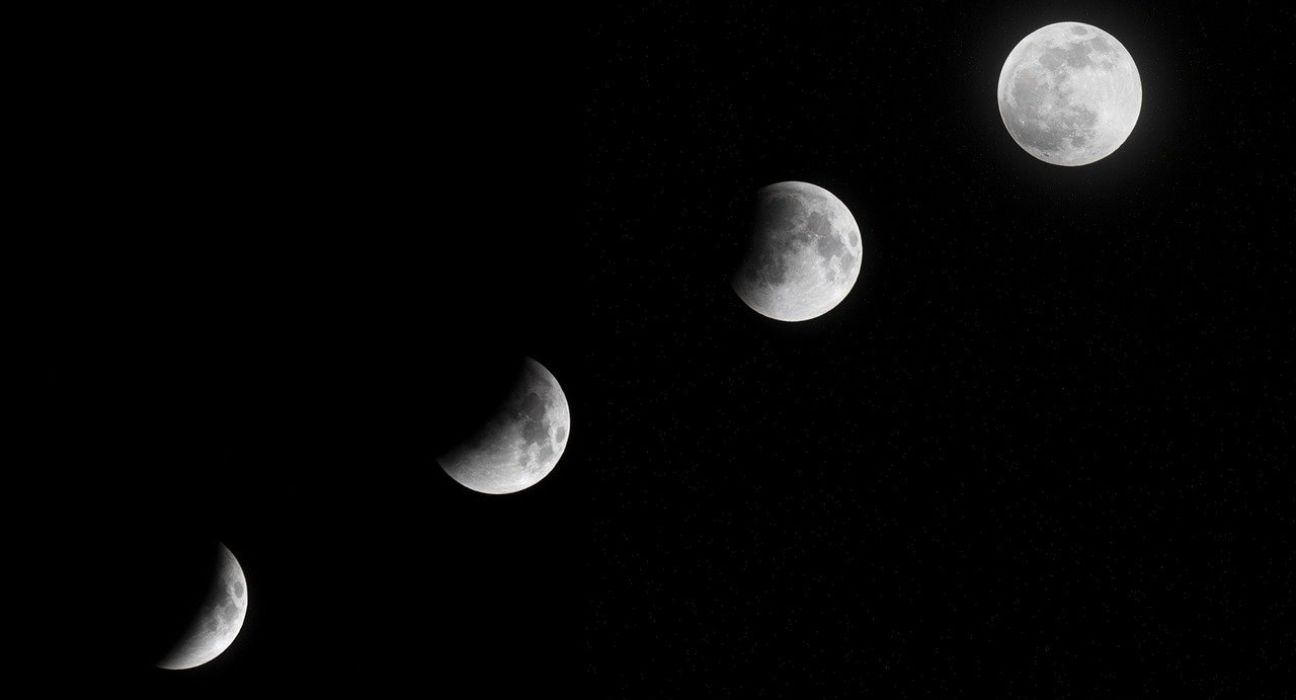Introduction to the Illusion of the Moon
The Moon has long captivated humanity with its serene beauty and enigmatic presence in the night sky. One of the most intriguing phenomena associated with the Moon is the way it appears significantly larger when it is near the horizon compared to when it is high overhead. This captivating visual trickery is commonly known as the “Moon Illusion.” Despite being a topic of fascination for centuries, the exact reason behind this illusion continues to spark interest and debate. In this blog post, we delve into the various factors contributing to the perception of the Moon’s size when it’s near the horizon.
Psychological Viewpoint
The psychological aspect of the Moon Illusion significantly influences our perception of the Moon’s size. Human perception is swayed by various factors, and context is a key element. When the Moon is near the horizon, it is often seen alongside objects like trees, buildings, and mountains, which provide a reference frame that can change our size perception. This is akin to the Ebbinghaus illusion in psychology, where surrounding objects affect how we perceive a central object’s size. The presence of these terrestrial features tricks our minds into seeing the Moon as larger than when it is against the vast, featureless sky overhead.
Impact of the Atmosphere
Another aspect that might contribute to the perceived size of the Moon is atmospheric conditions. As the Moon approaches the horizon, it is viewed through a greater thickness of the Earth’s atmosphere. This layer of air can act like a lens, causing the Moon to appear slightly distorted or even larger. Additionally, atmospheric particles can scatter light, creating a halo effect around the Moon, which might also enhance its perceived size. However, it is essential to note that while atmospheric conditions may contribute to the illusion to some extent, they are not the primary reason for the apparent size change of the Moon.
Optical Illusions and Geometry
Geometry and optical illusions contribute to the Moon Illusion. The concept of “angular size” explains how an object appears larger or smaller based on its distance from the observer. When the Moon is near the horizon, our brains might misinterpret its distance due to the absence of depth cues in a flat landscape. Similar optical illusions, such as the Ponzo illusion, show how converging lines at a distance can deceive our perception of size. This effect makes the Moon seem larger when viewed against the horizon. The interaction of these geometric and optical principles creates a captivating illusion that continues to intrigue and puzzle observers.
Scientific Research and Experiments
Researchers have employed various methods to explore the Moon Illusion, revealing intriguing insights into human perception. One prominent study had participants estimate the Moon’s size both near the horizon and when overhead. Consistently, results indicated that the Moon was perceived as larger when closer to the horizon. This supports the notion that the illusion stems from perceptual rather than physical changes. Other experiments utilised virtual reality to manipulate the Moon’s apparent distance, further demonstrating that psychological factors are pivotal. By removing external contextual cues and altering the Moon’s position within these simulated environments, researchers confirmed that the mind’s interpretation of size and distance significantly affects our perception. This body of research underscores the complex interplay between visual context, psychological factors, and geometric principles in creating the Moon Illusion.
Cultural Views
Cultural interpretations of the Moon Illusion are as varied as the societies that experience it. Throughout history, many cultures have developed myths and folklore to explain this captivating phenomenon. For instance, some Native American tribes believed that the Moon was larger when near the horizon because it was closer to Earth, while other cultures viewed the larger Moon as an omen or a symbol of change. These cultural narratives highlight the universal human inclination to seek explanations for natural phenomena, often weaving them into the fabric of mythology and tradition.
In East Asian cultures, the larger Moon near the horizon has been celebrated in festivals and rituals. The Mid-Autumn Festival, also known as the Moon Festival, is a time when families gather to admire the full Moon, and the perceived larger size of the Moon near the horizon adds to the festival’s allure. Similarly, in Hindu culture, the Moon’s position in the sky holds astrological significance, influencing various aspects of life, including festivals, rituals, and even personal fortunes.
European folklore is also rich with tales involving the Moon’s size. In some regions, a larger Moon was thought to be a harbinger of change or significant events, often linked to agricultural cycles and seasonal shifts. The “Harvest Moon,” which appears larger and brighter, was a crucial marker for farmers to gather crops before autumn set in.
These cultural views not only enhance our understanding of the Moon Illusion but also connect us to the shared human experience of interpreting the natural world. They serve as a testament to how deeply the Moon has been embedded in human consciousness across different eras and regions.
Summary
The Moon Illusion is a captivating blend of psychological perception, geometric principles, and cultural interpretations. While atmospheric conditions can play a role, the illusion mainly stems from the context in which the Moon is observed and the cognitive tricks our brains employ to interpret size and distance. When near the horizon, the Moon’s size appears larger due to reference frames provided by terrestrial objects, similar to well-known optical illusions. Scientific research and experiments support the idea that our perception, rather than physical changes, drives this phenomenon. Cultural narratives from various societies further enrich our understanding, showcasing humanity’s enduring fascination with the Moon. As you gaze at the Moon near the horizon, ponder the intricate factors contributing to this timeless illusion, and enjoy the beauty and mystery it adds to our night sky.








Leave feedback about this